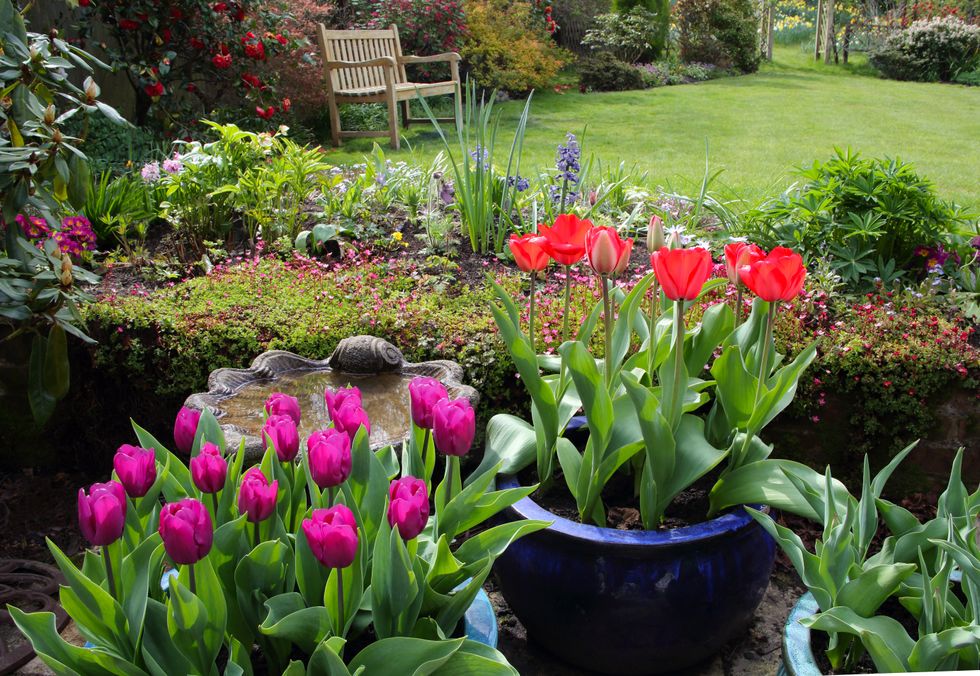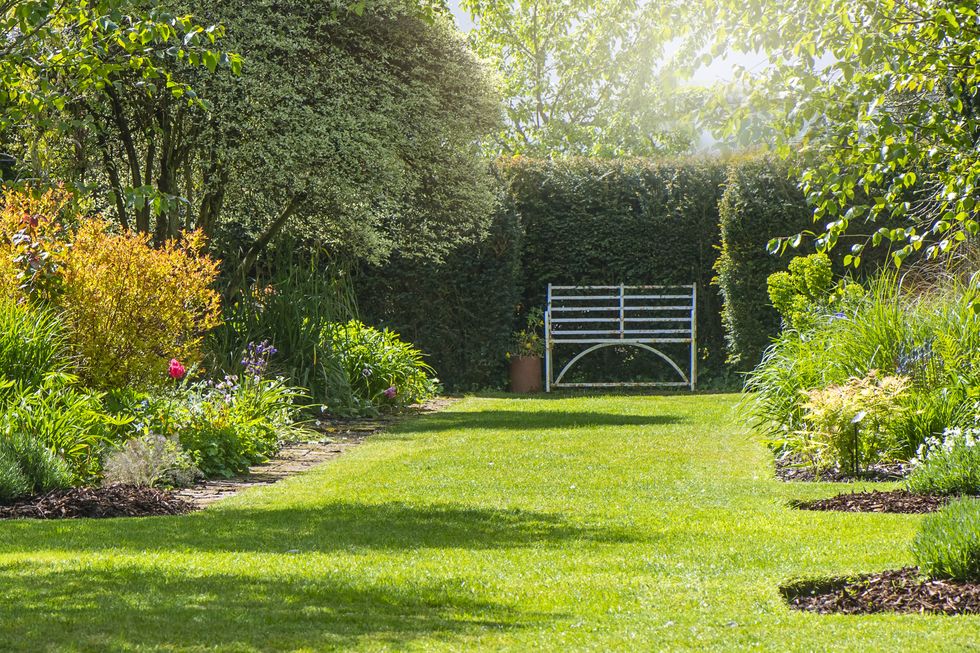The stripped-back nature of gardens during the colder months provides a clear view of the space's fundamental layout, making it easier to envision improvements.
With most plants in their winter rest period, gardeners can focus on essential preparation work without the pressures of the busy growing season.
This quieter period allows for major landscaping projects, soil improvements and crucial infrastructure changes that will set gardens up for success come spring.
Steven Walley, garden landscaper and paving expert from London Stone, said that winter's dormant period provides ideal conditions for garden planning, listing seven jobs that are particularly good to do now.
Now is a good time to make structural changes
GETTY
Assessing garden layout
Steven said: "During winter, many trees are without their leaves, so it can be easier to view your garden layout and make decisions on where you would like to open up more space or perhaps where you'd like to create more privacy."
Structural changes
He continued: "Winter is the best time to consider creating new steps, paths, patios or flower beds in your garden."
He noted that with less foliage and greenery, landscaping becomes much simpler, particularly for projects like patio installation which require careful planning and preparation.
Hedge placement
Winter's bare landscape offers crucial insights into garden conditions, particularly wind patterns that affect plant protection needs.
Be aware of your garden's orientation and identify prevailing wind directions when planning hedge or fence placement.
Soil testing
Understanding soil quality is vital for long-term planting success and the expert recommended testing soil acidity and improving nutrient content before spring planting begins.
He said: "Add compost, manure or grass clippings to help improve the soil structure as this can help with aeration and moisture retention."
Water features should be positioned away from strong winds to prevent water displacement.
Drainage improvements
Winter rainfall provides a natural test for garden drainage systems, highlighting areas that need attention.
Steven suggested incorporating plants that thrive in both wet and dry conditions to help manage water flow during heavy downpours.
Doing some jobs now will help your outdoor space look its best by summer
GETTY
Steven said: "It's much better to move and relocate plants and shrubs over the winter when they aren't growing or flowering, as this way they are disturbed less."
The process is straightforward during the colder months, requiring gardeners to simply dig up and move plants to their new locations.
This timing ensures plants can establish themselves in their new positions without interrupting their spring and summer growth patterns.
Winter garden planning offers a strategic advantage for homeowners looking to create a thriving outdoor space come spring.

 By GB News (World News) | Created at 2025-01-19 20:31:07 | Updated at 2025-01-19 23:11:30
2 hours ago
By GB News (World News) | Created at 2025-01-19 20:31:07 | Updated at 2025-01-19 23:11:30
2 hours ago










